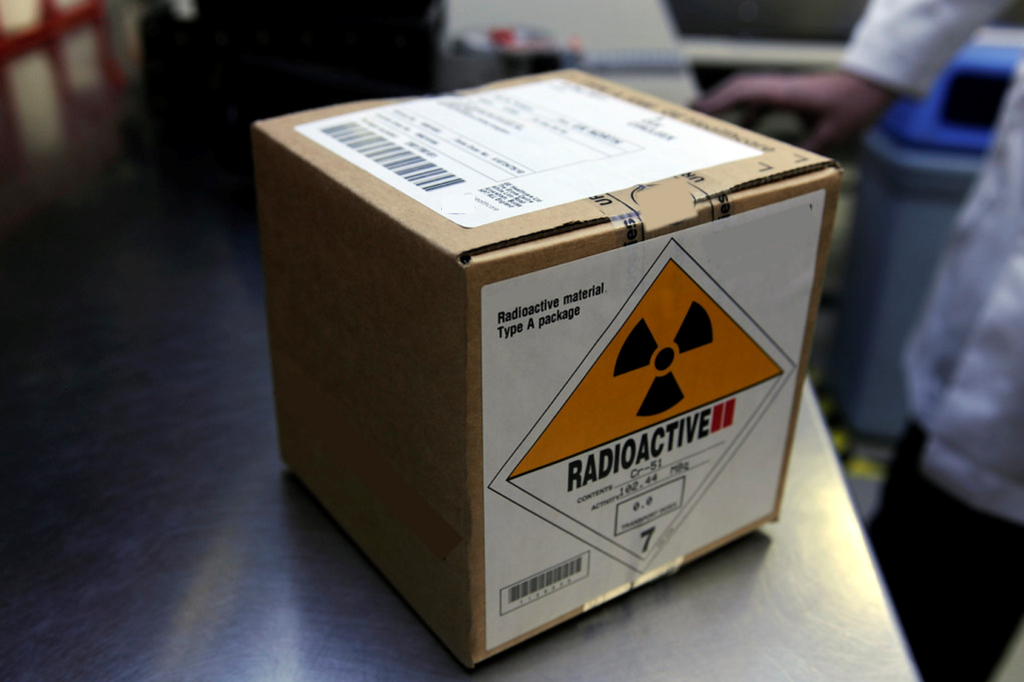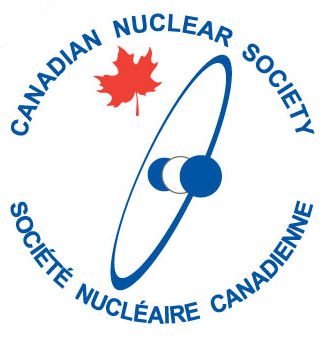How does Canada transport nuclear material?

Canada has been safely transporting a lot of nuclear material for decades, but most of it isn’t spent fuel. In fact, less than 1% of packages containing radioactive material are spent nuclear fuel from reactors. Most deliveries carry life-saving radionuclides sent to hospitals. Canadian see these radioactive delivery trucks without even realizing it. These vehicles are an inconspicuous part of our daily lives. [2]
There are 4 grades of shipping packages: type IP (Industrial Packages), A, B, and C. Type IP packaging carries material with surface contaminated objects, something that isn’t radioactive but has come in contact with radioactive material. These objects are of least concern because it would be so hard for them to contaminate another object. Type A packages carry material that even if it were to spill, wouldn’t affect the environment (so even in an accident the wouldn’t have an impact, note that this is also true for the materials in IP packages).
Type B packaging is more robust because the material is more hazardous. This packaging has the ability to survive an accident because its contents could harm the environment if released. This packaging could be as simple as a steel drum or can go as far as a steel-reinforced concrete canister. Type C packaging is equivalent to Type B but is rated for air travel and sustaining any major accident. [3]
The CNSC certifies the design of packages for any radioactive material. The Canadian (federal) regulator makes sure that Canadians stay safe whenever radioactive material needs to be moved anywhere. These requirements cover medical isotopes and nuclear waste. These regulations work; neither people nor the environment have been harmed by the release of radioactive materials being transported in Canada. Similar regulations apply in the USA and they’ve also never had an injury or death as a result of an accident releasing radioactive materials.[4]
The regulations are very strict about packaging, but the strictness varies with the type of packaging. Packing has to be tested to show that it will contain its contents under accident conditions. [5] A package containing used nuclear fuel must withstand the cumulative effects of a 9-metre drop, 30-minutes at 800 °C, and then immersion in 15 metres of water for 1 hour. [6] High-level radioactive materials have been transported safely across and out of Canada for 50 years by road, rail, water and air, without a single radiological incident!
Citations
- https://nuclearaustralia.com.au/wp-content/uploads/2020/01/Picture1.png
- https://nuclearsafety.gc.ca/eng/resources/fact-sheets/packaging-and-transport-of-nuclear-substances.cfm
- INTERNATIONAL ATOMIC ENERGY AGENCY, Regulations for the Safe Transport of Radioactive Material, IAEA Safety Standards Series No. SSR-6 (Rev.1), IAEA, Vienna (2018).
- https://www.energy.gov/sites/prod/files/em/TEPP/RadioactiveMaterialTransportationandIncidentResponse-QABook.pdf
- http://nuclearsafety.gc.ca/eng/nuclear-substances/packaging-and-transport-of-nuclear-substances/index.cfm
- https://www.nwmo.ca/en/A-Safe-Approach/Transportation/Transportation-Regulations-and-Oversight
